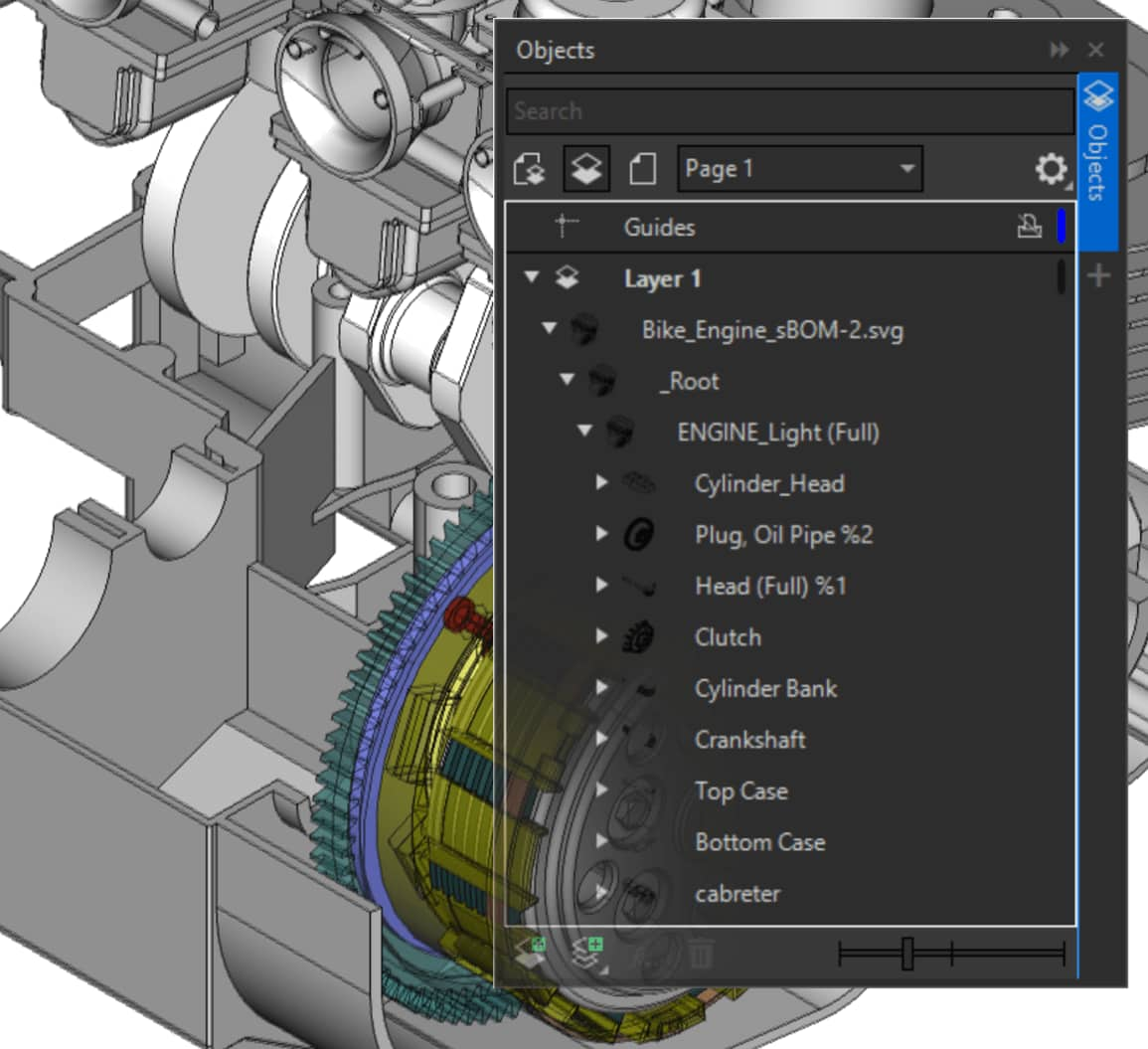
Modifications made to the 3D CAD source files will be applied during the update process.

Generate illustrated assembly and maintenance instructions leveraging 3D Engineering data or generate step-by-step instructions as process animations using a full set of 3D animation tools.Īpply changes instantly with the automated 3D CAD to illustration update functionality. Utilize the extensive options for compatibility including native 3D assembly formats, (such as CATIA®, Inventor®, Creo®, SolidWorks®, NX™, Solid Edge®, software) and 3D CAD exchange file formats (such as IGES, STEP, JT, 3D PDF), and more.Ĭreate more efficient assembly, disassembly, spare parts, or manufacturing BOMs with the extensive feature set in XVL Studio 3D CAD. Selecting a region changes the language and/or content on your 3D CAD data with industry-standard support, sharing and output.

XVLs can be easily viewed on different operating systems, web browsers, and programs with an XVL viewer.Users can save files from diverse CAD programs as XVL to share, publish, and collaborate.With their lossless compression, XVL files retain the same amount of data as an original CAD design, at a fraction of the file size.There are many XVL advantages and disadvantages to consider before using this file format. This is invaluable to large manufacturing and engineering organizations that work across different design fields.ĬAD designs can be shared with other users and authors, who can add instructions, interactive documents, and catalogues to the file. The XVL file format allows users to convert and update design files from any 3D CAD format, and even incorporate designs from different programs into a single XVL file. These small file sizes help designers to collaborate on projects, share them with stakeholders and send them to customers. An XVL can reduce a design to 1% of its original size - maintaining essential data for design, assembly, service, parts, and catalogues. One of the main uses of XVL files is their ability to compress a CAD design to a far smaller file. While XVL is a proprietary file format to its original developer, XVL viewers are free - so any user can open and view a file without having to pay licensing costs. This means it can share designs from multiple CAD programs across different automotive fields – like car and train parts, designed on CATIA and CREO - and ensure consistency.

The team that created the XVL file is closely linked with a major manufacturer in the automotive field. It was created to overcome the unwieldy file sizes associated with CAD drawings and designs. The team that developed the XVL file launched it in 1997.


 0 kommentar(er)
0 kommentar(er)
